
A visitor (left) experiences an extended reality (XR) head-mounted display during the 2023 Qingdao Digital Culture Application Development Expo held in Qingdao, Shandong province, on April 7. (PHOTO/CHINA DAILY)
Wei Jianguo, former vice-minister of commerce and vice-chairman of the China Center for International Economic Exchanges, said, "China's efforts in developing the digital economy will enable companies to not only lead development in various business sectors in the domestic market, but also compete further on the global stage in the future."
A white paper released by the China Academy of Information and Communications Technology, a government think tank, showed that the market scale of China's digital economy reached 45.5 trillion yuan in 2021, the world's second-largest.
The number is expected to surpass 60 trillion yuan by 2025, the academy forecast.
Zhang Yunming, vice-minister of industry and information technology, recently called on telecommunications companies such as China Mobile, China Unicom and China Telecom to beef up the construction and application of "new infrastructure", deepen efforts to promote an innovation-driven development strategy, and advance the integration of the digital and real economies.
By the end of 2022, more than 2.3 million 5G base stations had been built in China, and the country boasts a capability to connect over 500 million households with a gigabit optical network, data from the Ministry of Industry and Information Technology showed.
Moreover, the digital connections for the mobile internet of things or IoT in China reached 1.84 billion in 2022, making China the first major economy in the world to have more mobile IoT connections than the number of its mobile users, according to the ministry. IoT refers to a network of devices, vehicles and other objects that contain software or sensors allowing them to connect and exchange data.
China's mobile IoT connections account for 70 percent of the world's total and now cover all the 45 major categories of the national economy, said Zhao Zhiguo, spokesman for the ministry.
Such telecom infrastructure will lay a sound foundation for the high-quality development of China's digital economy, experts said.
A typical example is a wider application of 5G plus industrial internet in traditional sectors, which has advanced the long-predicted convergence of digital technologies and industrial worlds. Such change is profound at a steel company in Xiangtan, Hunan province.
The labor-intensive iron and steel industry, as a symbol of the second industrial revolution, was often associated with images of workers toiling away in mills, sweat pouring down their faces.
But now, inside the control room of Hunan Valin Xiangtan Iron and Steel Co, a completely different picture is taking shape. Four technicians operate joysticks to remotely control bridge cranes moving back and forth in a nearby high-temperature plant. Via a big screen that features a real-time video of plant operations, the employees monitor the processes — and all the equipment moves in an orderly fashion.
"Previously, the control center had to be placed within a steel plant to allow it to control the process without a time delay. We had to work in an environment with searing temperatures, loud noise and dust. But all of this has changed due to the 5G network," said Liu Jiwen, who is in charge of the company's 5-meter plate production facility.
According to Liu, 5G's low latency and large bandwidth mean the control center can now be located in a cozy room outside the mill, and one employee can remotely operate multiple bridge cranes simultaneously, significantly boosting efficiency.
The plant is one of the more than 4,000 5G industrial internet projects currently under construction in China, as the nation beefs up its industrial upgrade drive in an attempt to facilitate the marriage between digital technologies and traditional sectors.
Yang Chaobin, senior vice-president of Huawei, said the vitality of the digital economy can be evaluated by three factors: connection density, computing diversity and carbon reduction intensity. These factors give operators the levers they need to shape the future of the digital economy.
By increasing connection density, operators can grow their 5G user base and expand their business scope. By diversifying computing resources, operators can create synergies between connectivity and IT to boost enterprise digitalization for new growth. For carbon reduction, new green information and communication technology solutions Huawei provides will increase network capacity and cut the energy consumption per bit for greener development, Yang said.








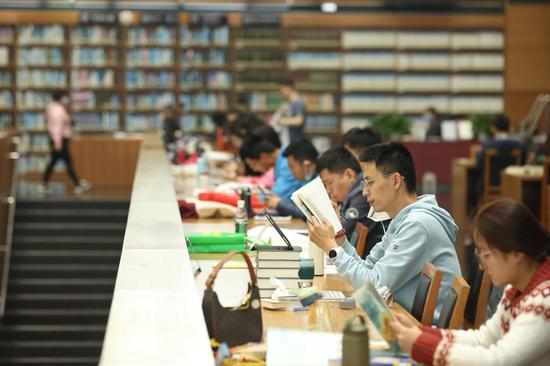


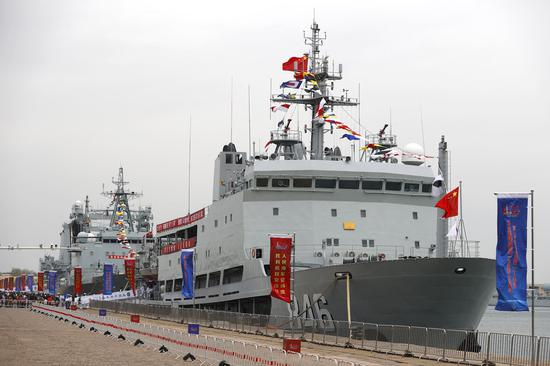






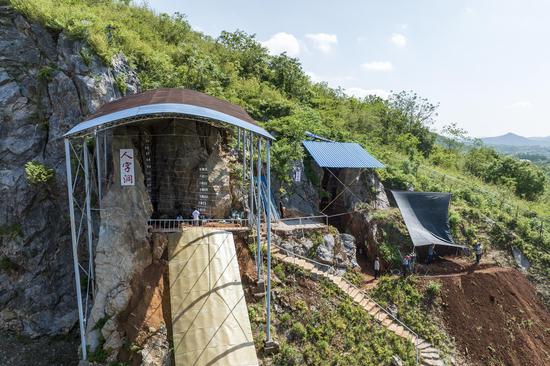


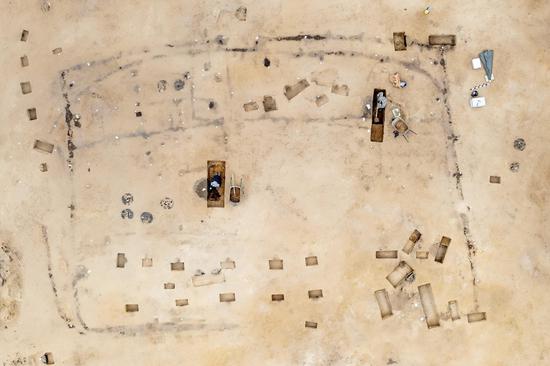

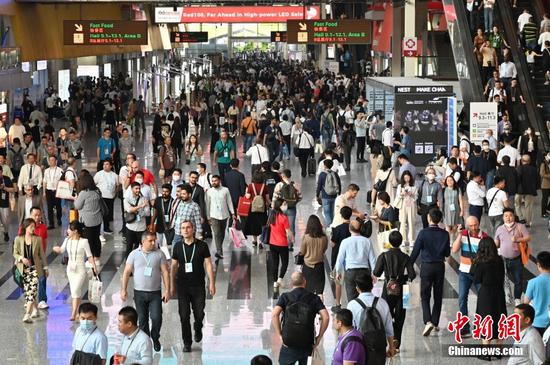
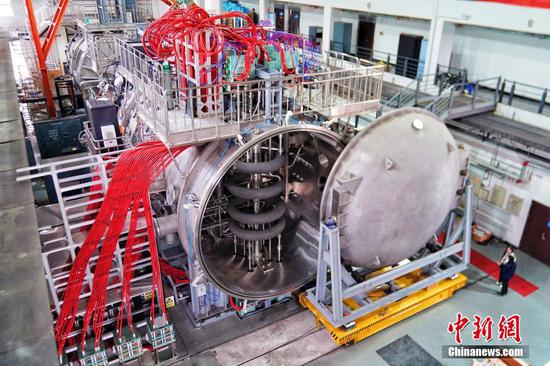






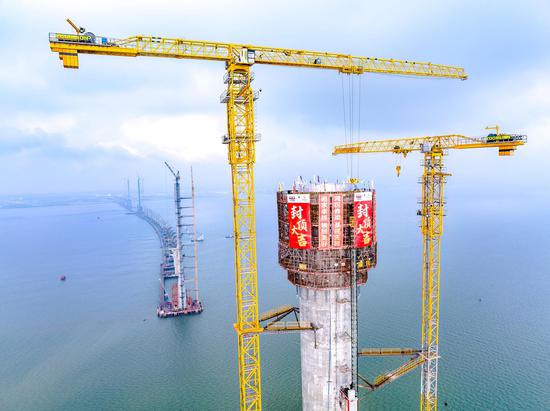








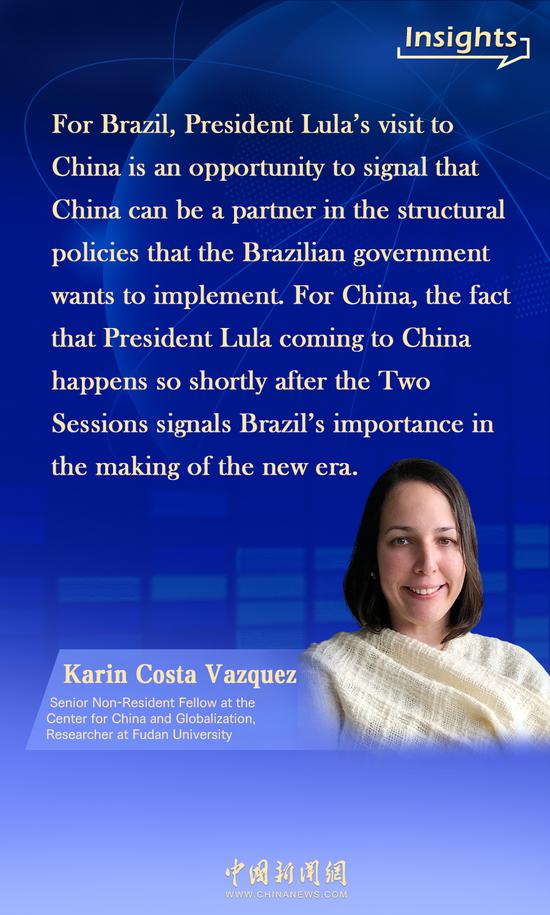



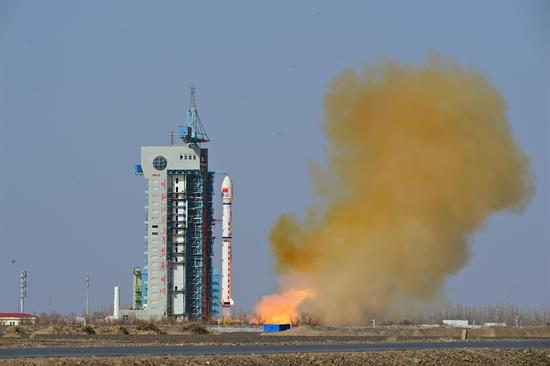



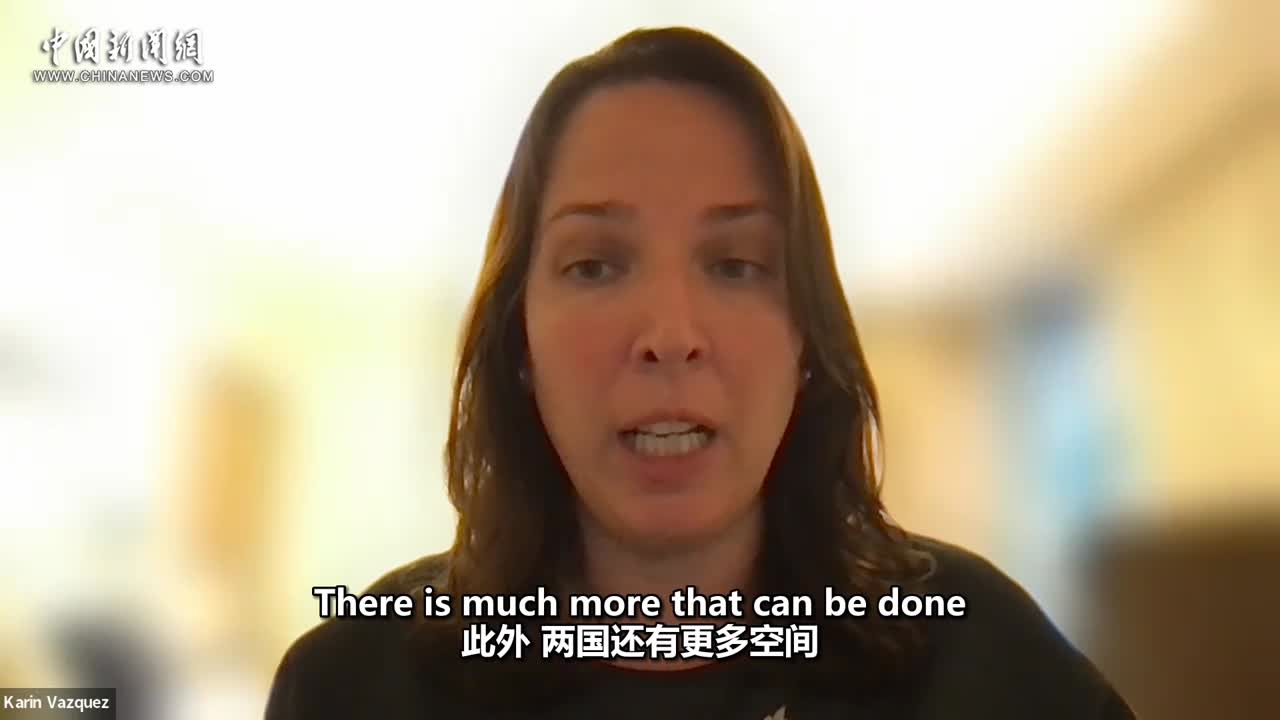

 京公网安备 11010202009201号
京公网安备 11010202009201号